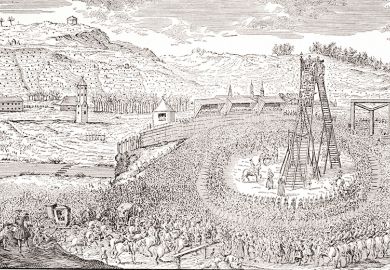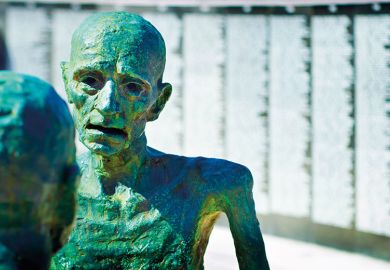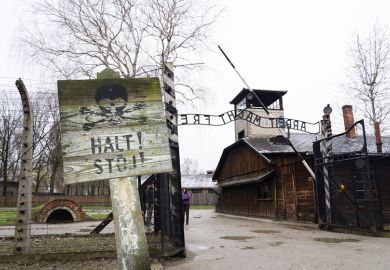An estimated 11 million non-combatants were murdered in just over a decade (1933-45) in Nazi concentration and death camps. About 2 million people died in the Gulag during the Stalinist period (1923-53), with another million perishing on the transports to the hundreds of “forced labour colonies” that comprised the “gulag archipelago”. But numbers alone do not begin to tell the story of “the Age of the Camps” (in the chilling phrase of Zygmunt Bauman).
Leona Toker, best known for her work on Gulag survivor narratives, has read an enormous number of first-hand accounts of the Gulag and the Nazi camps to understand the ways in which they were historically “entangled”. After all, the Germans learned a great deal from the gulags, which were constructed en masse in the 1920s. Her “intercontextual” readings are designed to tease out both similarities and differences between the “red” and “brown” camp inmates. She is interested, above all, in “reciprocal observations” taken from the survivor literature.
The author has a broad perspective with regard to testimony. She includes novels and stories, especially from the Gulag, and mainly transcribed oral accounts. Memoirs are read as narratives, and she is at pains to note the extent to which all accounts use fictional techniques. It is as “literature” rather than testimony that the descriptions of the camps are compared.
There is a good deal of merit in this expansive method. Most recent books on Holocaust testimony simply replicate a notional canon of eyewitnesses – such as Elie Wiesel, Primo Levi, Tadeusz Borowski and Charlotte Delbo – which “individualises” the camp experience. Gulag stories are less canonical – apart from Evgeniya Ginzburg, Varlam Shalamov and Alexandr Solzhenitsyn – which means that these voices form part of a more general narrative. All these varied survivor texts need to be “proved” from other archival sources, which is why such material is increasingly included in histories of the Gulag and the Holocaust.
Detailed readings of this literature lead to many insights concerning the inner lives of those at the bottom of the camp hierarchy (the “muselmann” or “dokhodiaga”). These “goners” sometimes come back to life, especially in the Gulag. The effects of forced labour on the body are graphically reproduced, with the “hunger disease” crushing most camp inmates. A policy of starvation was displaced on to a “class” or “racial” enemy at times, during revolutionary reconstruction or global warfare, when food supplies could not be sustained. Individual and group resistance, the succour of belief systems and myriad survival strategies all cut across both types of camps and are usefully compared.
But for all its encyclopedic knowledge of survivor literature (in several languages), there are many lacunae and odd critical judgements in the book. Jean Améry is missing, although he understands the nature of faith in the camps better than most. Levi’s memoirs are repeatedly described as “sarcastic”; perhaps this has something to do with his “late-life” discovery of “politics” (whatever that means). David Rousset’s “concentrationary universe” is rightly seen to unite “red” and “brown” camps, although the recent rediscovery of Rousset by Griselda Pollock and Maxim Silverman is ignored. Lawrence Langer, the doyen of Holocaust survivor literature, is also absent from the book. But for all of its faults, this is a welcome new approach to camp testimony, and many such comparative accounts will surely follow.
Bryan Cheyette is professor of modern literature and culture at the University of Reading. His very short introduction to The Ghetto will be published by Oxford University Press in August.
Gulag Literature and the Literature of Nazi Camps: An Intercontextual Reading
By Leona Toker
Indiana University Press, 281pp, £74.00 and £33.00
ISBN 9780253043511 and 9780253043535
Published 1 October 2019
POSTSCRIPT:
Print headline: Survivors of entangled elements
Register to continue
Why register?
- Registration is free and only takes a moment
- Once registered, you can read 3 articles a month
- Sign up for our newsletter
Subscribe
Or subscribe for unlimited access to:
- Unlimited access to news, views, insights & reviews
- Digital editions
- Digital access to THE’s university and college rankings analysis
Already registered or a current subscriber?








